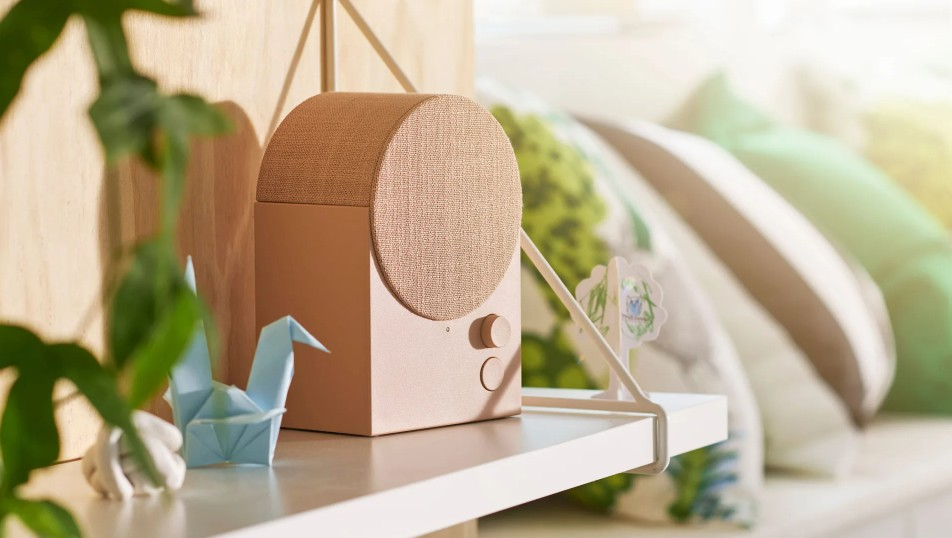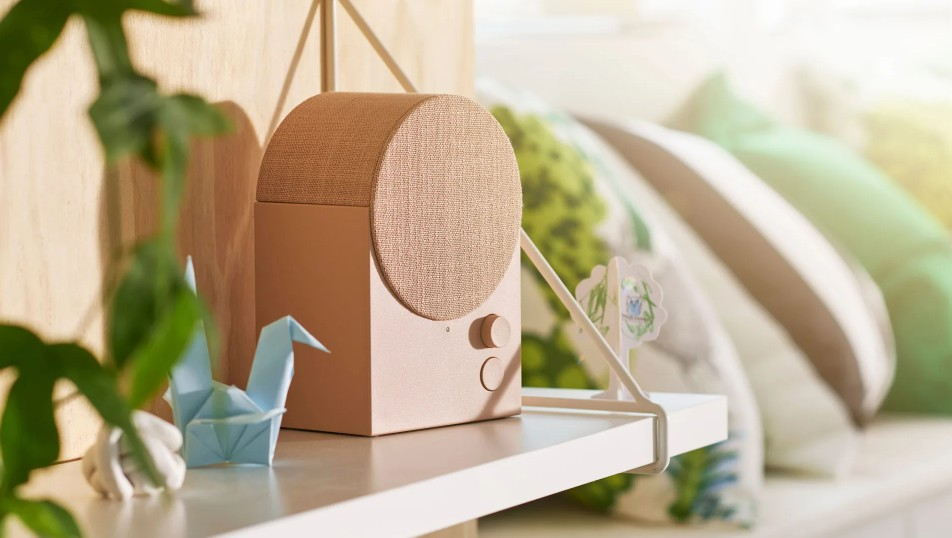
IKEA
https://ikea.comWhile synonymous with affordable furniture and Swedish meatballs, IKEA's most profound technological contribution has been in the less glamorous, yet revolutionary, fields of logistics and communication design. The flat-pack box is not merely packaging; it represents a complete re-imagining of the supply chain. This system is a marvel of industrial technology that minimizes shipping volume, reduces transportation costs and environmental impact, and shifts the final assembly process to the consumer. This focus on universal efficiency is perhaps best exemplified by its iconic instruction manuals. By relying almost exclusively on diagrams, IKEA created a masterclass in wordless, visual communication, designing a system that transcends language and cultural barriers for a global marketplace.
In recent years, IKEA has applied this same ethos of "democratic design" to the digital home, making a significant and often underestimated entry into consumer technology and networking. With its "IKEA Home smart" ecosystem (formerly TRÅDFRI), the company has focused on making smart home technology widely accessible and affordable. Built primarily on the Zigbee mesh networking standard, its range of smart lights, blinds, speakers, and air purifiers creates a reliable, low-power local network within the home. By pricing these products for the mass market, IKEA has become a major force in popularizing and normalizing the concept of the connected home for millions of consumers who may have been intimidated by the cost or complexity of other systems.
Further bridging the gap between its physical products and the digital world, IKEA was an early and effective adopter of consumer-facing Augmented Reality (AR). Its "IKEA Place" app allows customers to use their smartphone cameras to realistically visualize how furniture will look and fit within their own rooms, solving a critical pain point in the purchasing process. Its approach to networking is also notably collaborative rather than proprietary. The development of the SYMFONISK line of speakers in partnership with Sonos, and ensuring its smart hub is compatible with major platforms like Apple HomeKit, Amazon Alexa, and Google Assistant, demonstrates a sophisticated understanding of the modern, interconnected technological landscape.
